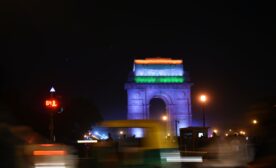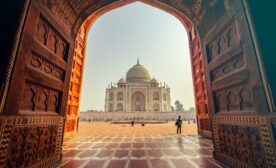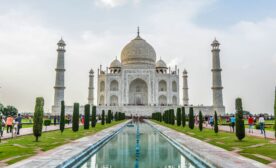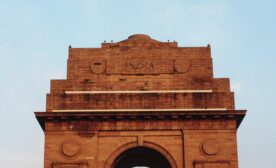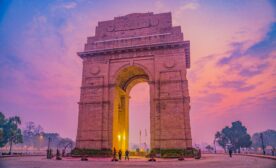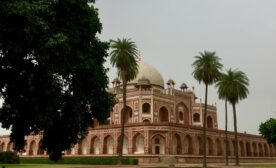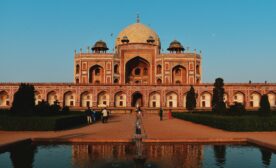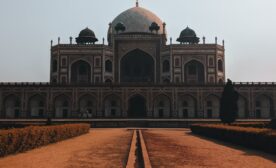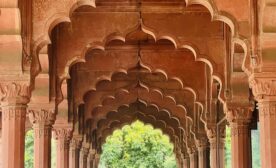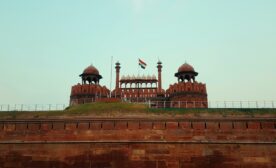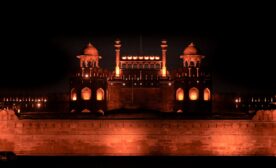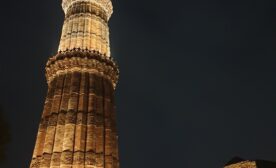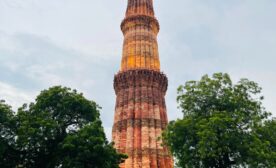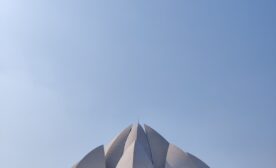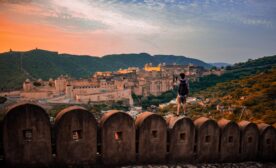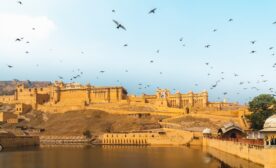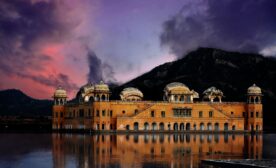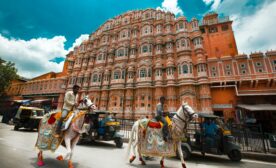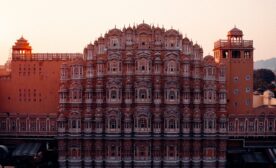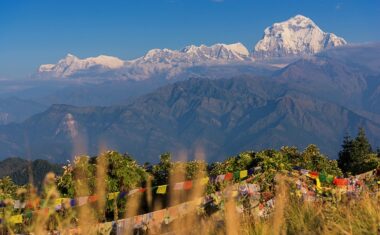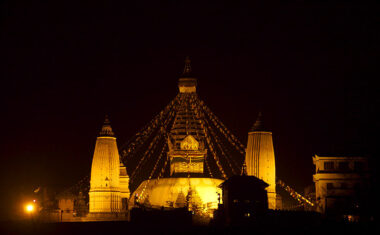Delhi, Agra, and Jaipur Tour
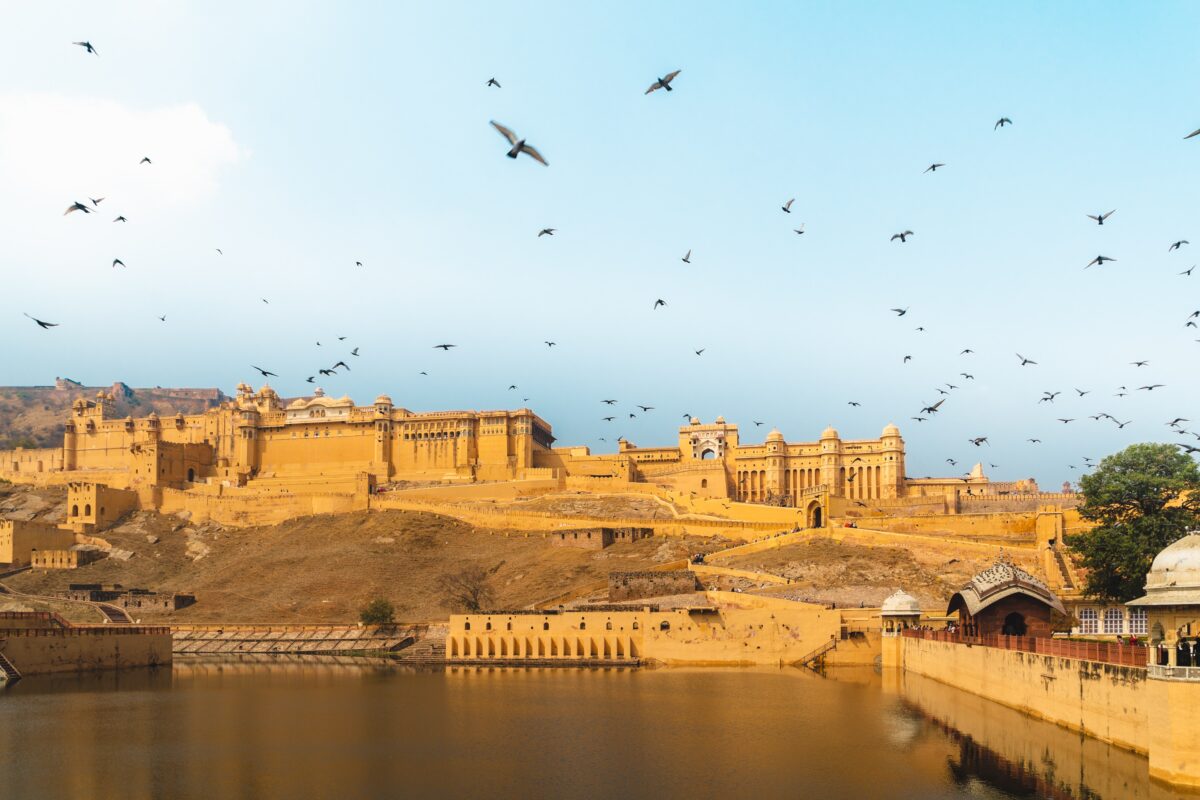
-
Overview
Itinerary
- Grade: Easy
- Duration: 7 Days
- Best Seasons: All year round
- Start-Ends: kathmandu- kathmandu
- Min. Pax: 2+
- Mode of Travel: by air and ground.
- Mode of Travel: india.
- Nearest Major Airport: Indira Gandhi international airport Delhi.
- Convenient Centers: kathmandu
- Destination: Delhi, Agra, Jaipur
- Culture: Hindu Indian culture.
DELHI, AGRA, JAIPUR TOUR
ABOUT DELHI TOUR:
The Red Fort – The iconic red sandstone fort was built by Mughal emperor Shah Jahan in 1648 that served as the seat of power until British rule. It is undoubtedly one of the top attractions of India, where a guided tour and light sound show are the main activities.
Qutub Minar – Another stunning piece of Mughal architecture is the 234-foot minaret called Qutub Minar, which was built in the 12th Century. Once you’ve seen the monument, visit the nearby Mehrauli Archaeological Park for more antiquated marvels.
Humayun’s Tomb – Only a handful of mausoleums around the world can boast this level of beauty. In fact, it was the inspiration for the Taj Mahal. Check out the site as well as the surrounding symmetrical gardens and other smaller tombs.
India Gate – Paris has the Arc de Triumph, Mumbai has the Gateway of India, and Delhi has India Gate. India Gate is a memorial archway built in 1931 in honor of the lives lost in World War I and the Afghan War. Getting to see the place in the evening with lights amplifying its beauty gives it a stunning look.
The Lotus Temple – An architectural gem and sacred site of the Baha’i faith, The Lotus Temple is built in the shape of the flower it is named after. The temple is open to people of all beliefs and backgrounds. Enjoy its serene beauty, walk through its gardens and meditate on its premises.
ABOUT AGRA TOUR:
Taj Mahal: Agra city is a glorious destination it is home to the Taj mahal. this Taj mahal was built by Shaha Jahan in the memory of his wife Mumtaz. Taj Mahal was built on the bank of the river Narmada. Taj Mahal is a UNESCO world heritage site and it was built using white marble, architecture is known as Mughal architecture. in times of Akbar Agra served as the capital of the Mughal empire. Agra’s culture is where the different religions were born and flourished here. From Din-i-Ilahi to the Radhaswami Faith, these beliefs had followers from Akbar’s time. Runukta of Hinduism and Shauripur of Jainism have their links to Agra.
ABOUT JAIPUR:
JAIPUR HISTORY
Jaipur was founded on 18th November 1727 by Maharaja Sawai Jai Singh II, a Kachawaha Rajput, who ruled from 1699-1744. Initially, his capital was Amber (now pronounced as Amer), which lies at a distance of 11 km from Jaipur. Maharaja Sawai Jai Singh II felt the need of shifting his capital city because of safety reasons as it was likely to be attacked by a Mughal King Bahadur Shah after the death of Aurangzeb. Ever-increasing population and growing scarcity of water also pushed him to set up a well-planned city.
Jaipur, popularly known as the “Pink City”, and “Paris of India”, is the capital of Rajasthan state, India. Jaipur is worldwide famous for unique Architecture, Vastu, Astrology, Forts, Monuments, Palaces, Art and crafts, Culture , and last but not least for unique Food. The heritage of the year 1727 is still alive in Jaipur which is the main attraction of the Jaipur tour.
JAIPUR ARCHITECTURE
Jaipur Architecture is worldwide famous because of its technical details and beauty. Jaipur Architecture is based on Indian Vastu concepts. Maharaja Sawai Jai Singh II – the founder of Jaipur was a great architect and astronomer. He also had a good knowledge of Indian Vastu. This is the reason that the architecture of Jaipur is a wonderful case study for the modern architects of the whole world.
HAWA MAHAL
Built by Sawai Pratap Singh in 1799, Hawa mahal or the palace of winds is the most iconic landmark of Jaipur. Indeed, Hawa mahal symbolizes Jaipur in a way that gateway of India symbolizes Mumbai and Shaniwar Wada symbolizes pune. built as a high screen for the women of the royal household, Hawa mahal is made from red and pink sandstone and stands right at the edge of the city palace and extends to the women’s chambers .
CITY PALACE
Right next to Hawa Mahal is Jaipur’s City Palace that predates the latticework masterpiece by a few decades. Construction on the City Palace was completed in 1732 and it served as the seat of power for the Maharaja of Jaipur. Even to this day, a part of the City Palace is out of bounds for general public because it continues to serve as home to the erstwhile royal family of Jaipur. The city Palace complex is home to Chandra Mahal and Mubarak Mahal and its various iconic gates — Udai Pol, Tripolia Gate and Virendra Pol among others — blend the Rajput style of architecture with that of Mughals and European, the two powers that the Kucchwaha Rajput allied themselves with during their time in power.
JANTAR MANTAR
Jantar Mantar of Jaipur is one of the five observatories constructed by Jai Singh II. Ujjain, Delhi and Varanasi are the other cities that house the remaining Jantar Mantars but there remain no traces of the one at Mathura. Among the many instruments that are part of this observatory is the world’s biggest sundial. Jantar Mantar is located just a stone’s throw from City Palace and Hawa Mahal and features instruments made of stone and brass that were built using instrument design principles from ancient texts. In all there are 19 instruments that help observe astronomical positions with the naked eye. Jantar Mantar is a fine example of Ptolemaic positional astronomy and has instruments that operate in each of the three main classical celestial coordinate systems: the ecliptic system, the horizon-zenith local system and the equatorial system. When it suffered some damage in the 19th century, Major Arthur Garrett, an amateur astronomer who was posted as the Assistant State Engineer in Jaipur, undertook the first major restoration work on Jantar Mantar. As of 2010, Jantar Mantar has been included in the list of UNESCO World Heritage sites and remains a gem of Jaipur that cannot be missed.
JAL MAHAL
Located in the middle of Man Sagar Lake is the spectacular Jal Mahal. At first glance, the palace that was constructed in 1745, appears to float on the waters of the lake (thus giving it the name). Jaipur’s Lake Palace is modeled on the Lake Palace of Udaipur. Man Sagar Lake, amidst which it stands, is an artificial lake that was formed when a dam was constructed over the river Dharbawati in the early 1600s. Jal Mahal is located on the outskirts of Jaipur en route to Amber. The hills across the lake are dotted with forts and old temples which can be seen in the background of the palace. While boat rides to the palace were available a few years ago, they have now stopped making it a photos-only destination. Constructed in red sandstone Jal Mahal is a five-storied building that blends Rajput and Mughal styles of architecture. Four floors of Jal Mahal remain underwater when the lake is full.
AMBER FORT (AMER FORT):
Amber Fort stands on the outskirts of Jaipur, some 13 km from the city center. As with almost all other structures in the area of its era, Amber Fort brings together elements of Hindu and Mughal architecture. Before Jai Singh II founded Jaipur in the plains and moved his capital there, Amber served as the seat of the Kachhawa Rajput clan to which Jai Sing belonged. Construction on Amber Fort began in 1592 when Raja Man Singh I built over the remnants of an earlier fortification. Built with red sandstone, Amber saw considerable modifications over time as successive rulers added their own elements to it over a span of a century and a half. Amber’s moment of glory was under the reign of Man Singh I. The commander-in-chief of the Mughal army and one of Akbar’s Navratnas (or nine jewels of Akbar’s court) Man Singh I commissioned the construction of Amber.
Outline Itinerary
- Day 01 : Arrival Delhi-Transfer Hotel.
- Day 02 : Delhi – Jaipur
- Day 03 : Jaipur
- Day 04 : Jaipur – Agra
- Day 05 : Agra
- Day 06 : Agra – Delhi
- Day 07 : Delhi – Departure
Notes & InclusionDetail Itinerary
-
Day 01: Arrival Delhi-Transfer Hotel.
Arrival Delhi overnight hotel. Edwin Lutyens the world famous architect would have never set his mind on designing New Delhi and the famed Connaught Place shopping center. Modern Delhi has something for everyone that is reflected in the cosmopolitan culture that nurtures festivals of all faiths, religions and places of worship. Delhi sightseeing, Red fort, Jama Masjid, Raj Ghat and Gate of India. Overnight hotel in Delhi.
-
Day 02: Delhi – Jaipur
Drive to Jaipur, we continue our journey to the Western part of Delhi. We stop for lunch on half way. Forts, palaces, architectural marvels and tales of velour, all in their own way, bear testimony to the glory that Jaipur is and was just after it was conceived by Sawai Jai Singh in 1727. Jaipur was the first planned city in northern India.
-
Day 03: Jaipur
Jaipur sightseeing, Elephant back to Amber Fort, City palace, Jantar Mantar, Palace of Wind. Overnight hotel in Jaipur.
-
Day 04: Jaipur – Agra
Drive to Agra, we stop for lunch on the way. We continue our journey to Agra via Fatepur Sikri. So, called the ghost city. Fatepur Sikri straddles the crest of a rocky ridge, 37km south west of Agra. Built between 1569 and 1585 by Great Moghul emperor Akbar. Overnight in Agra.
-
Day 05: Agra
Agra sightseeing: Agra the river Yamuna flows through it for five Kos and on either bank are delighted villas and pleasant stretches of meadows. Filled with people from every country, Agra is the crossroads of the world. His Majesty Akbar has built a fort of red sandstone, the like of which travelers have never recorded. Taj Mahal, Red Fort and Sikandra are the main spot can be worth to visit. O/n Agra.
-
Day 06: Agra – Delhi
After breafast drive to New Delhi. Lunch and free stay. Overnight New Delhi
-
Day 07: Delhi – Departure
Qutub minars and lotus temple, afternoon free stay late in the evening transfer to airport for International Departure
GalleryCost Includes
- all accomadationin 3 star hotel with breakfast.
- all guided tours and sight seeing.
- all ground transfer by private car.
Cost Excludes
- lunch and dinner during the trip.
- all kinds of drinks and beverages.
- all sorts of personal expenses.
- entry fees to the sights and monuments.
- tips and gratitude to field staff.
- international air fair.

